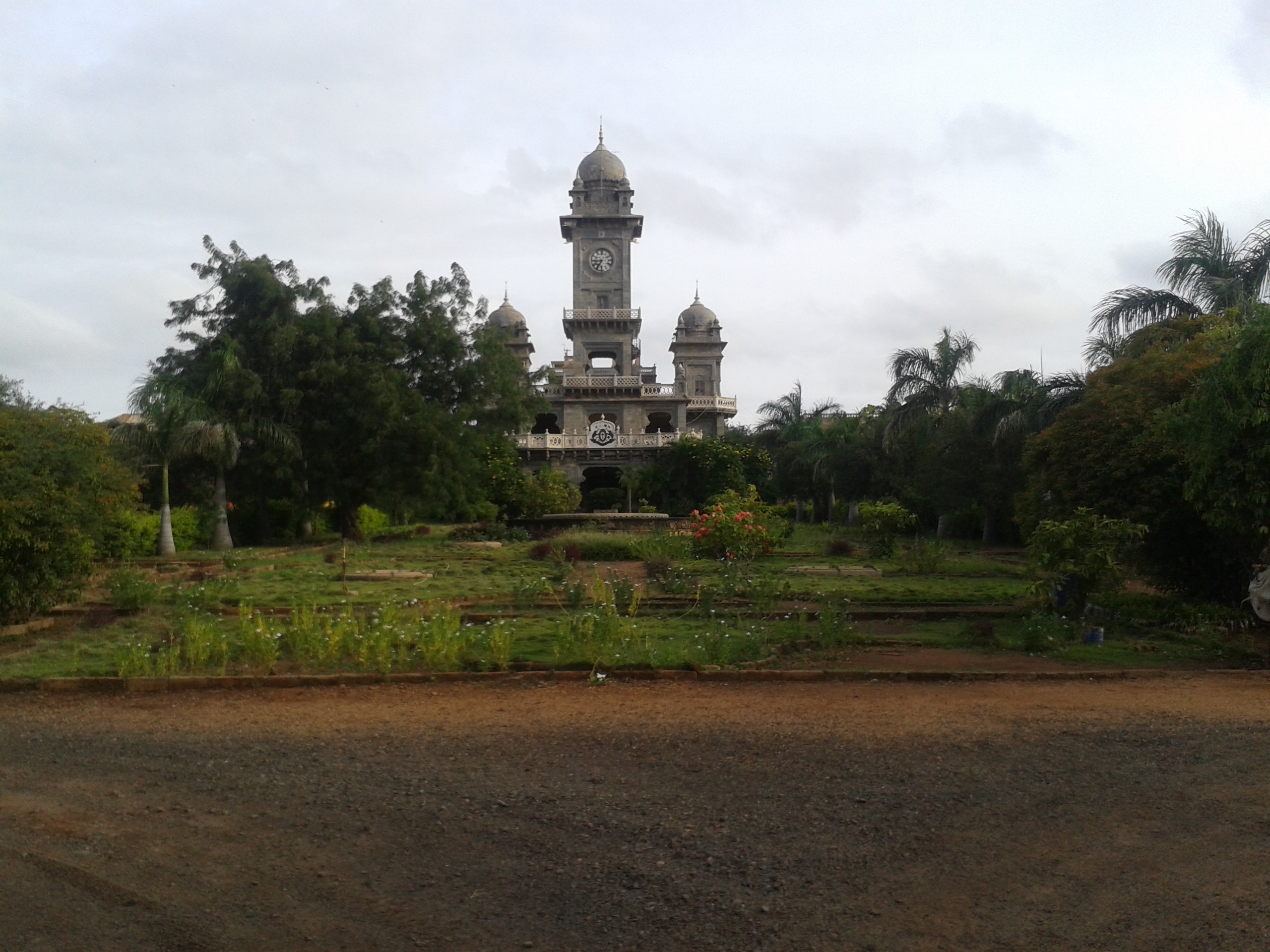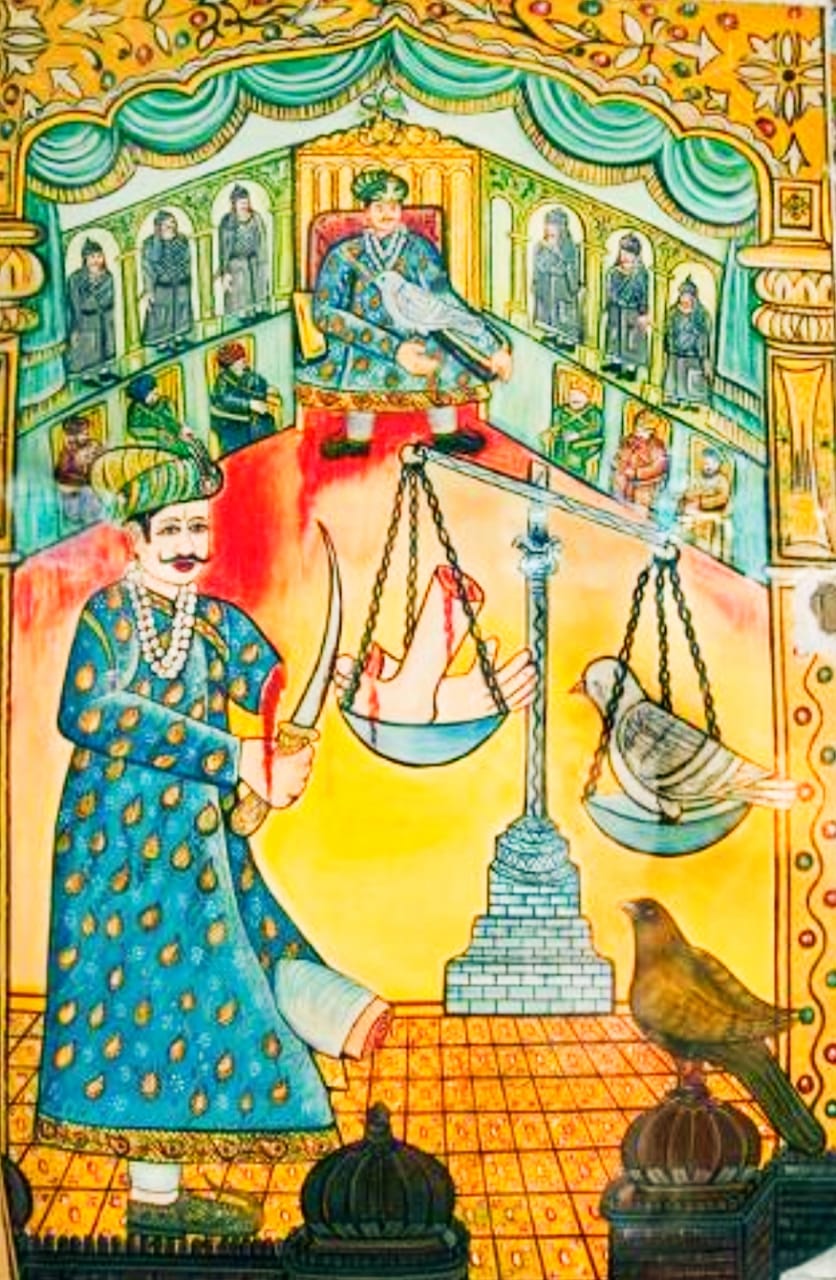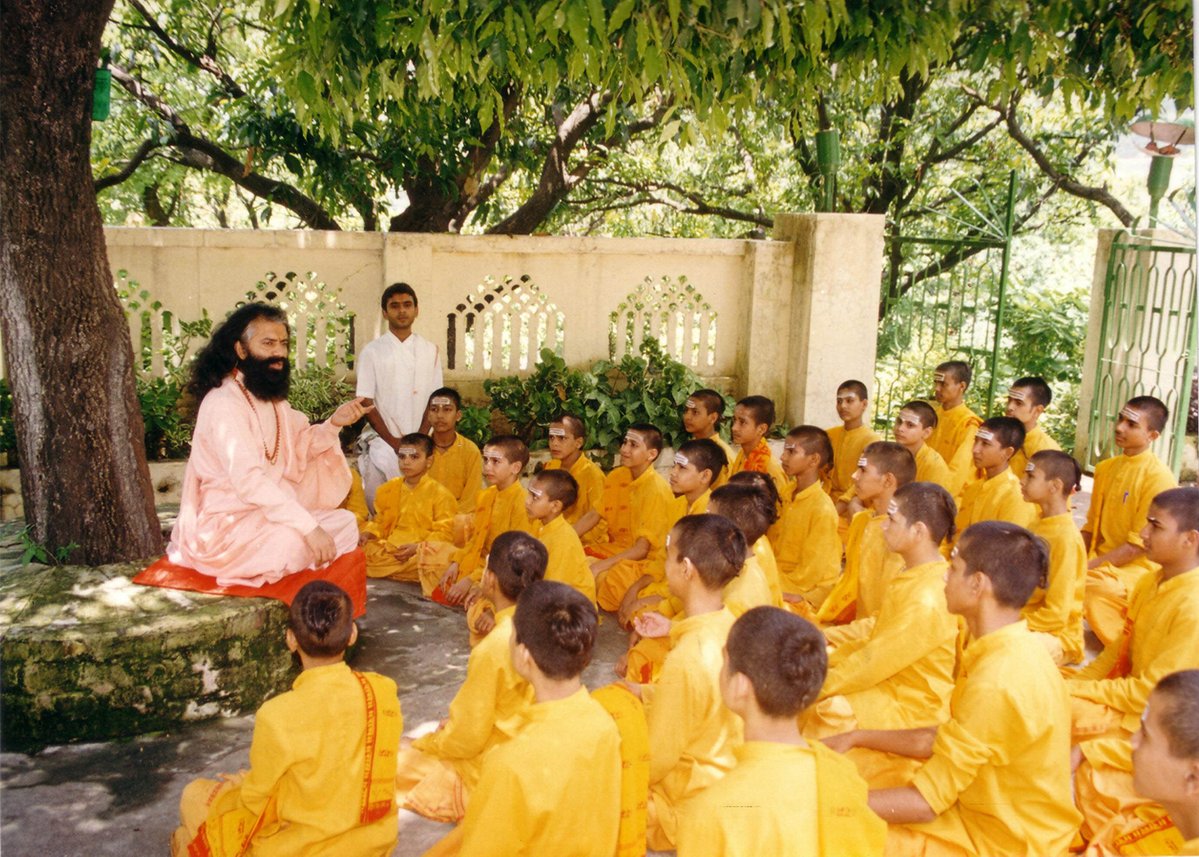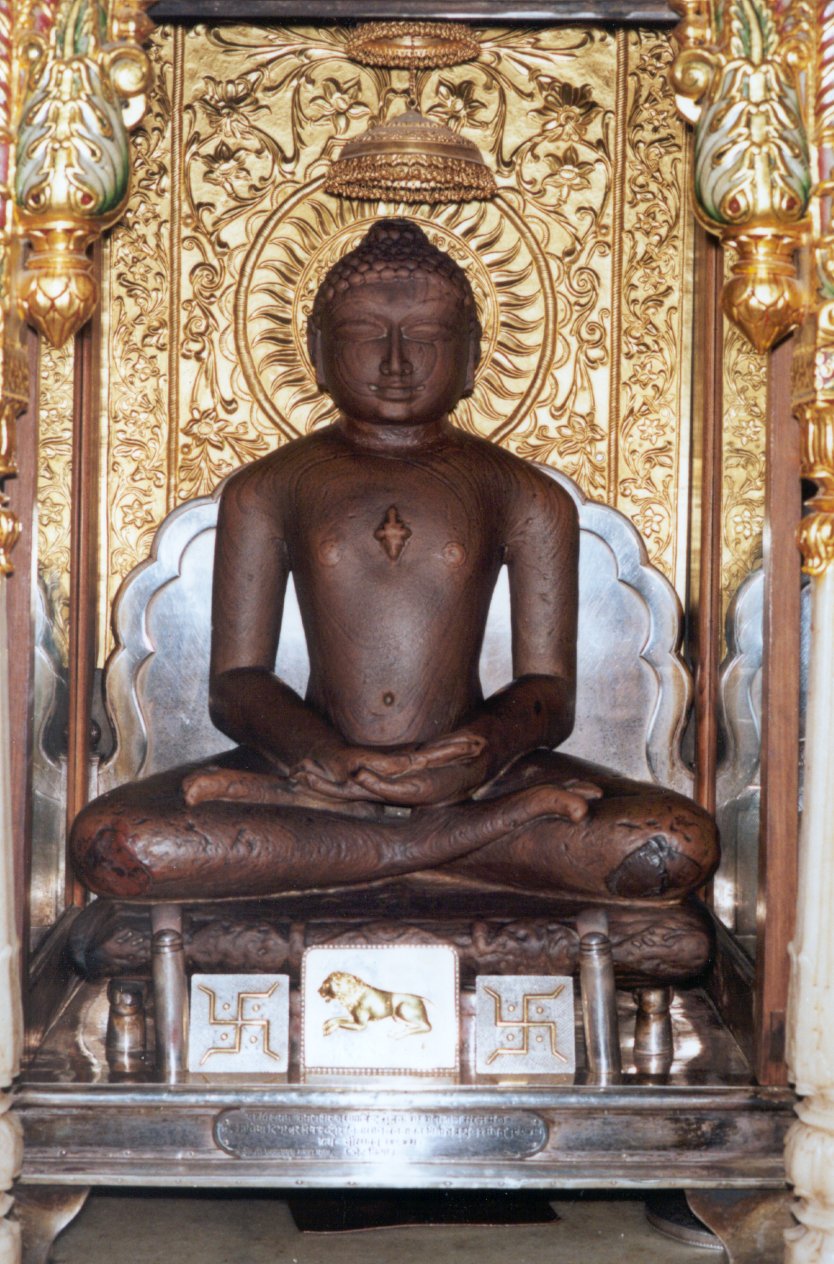|
Terdal
Terdal is a Municipal town in Bagalkot district in the Indian state of Karnataka. Geography Teradala is located at . It has an average elevation of 536 metres (1758 feet). Terdal Shree Allam Prabhu Devaru Brahanmath is famous and historic. Demographics India census, Teradala had a population of 26,153. Males constitute 51% of the population and females 49%. The average literacy rate is 54%, lower than the national average of 59.5%: male literacy is 63%, and female literacy is 44%. 14% of the population is under 6 years of age. Education Education institutes in terdal are as follow ** Shri jinasenacharya vidyamandal,Gurukul ** Danigond school and college,DGI ** Siddeswhar school & college ** Nilakanteshwar school ** S.P.school & college ** Shri sharada school tedal * It is now known for flourishing medical education. with two Ayurvedic colleges. ** Gramina ayurvedic medical college,Gurukul,Terdal(GAMC) ** Danigond medical college,Terdal History According to a ... [...More Info...] [...Related Items...] OR: [Wikipedia] [Google] [Baidu] |
Bagalkot District
Bagalkot district (), is an administrative district in the Indian state of Karnataka. The district headquarters is located in the town of Bagalkot. The district is located in northern Karnataka and borders Belgaum district, Belgaum, Gadag district, Gadag, Koppal district, Koppal, Raichur district, Raichur and Bijapur district, Karnataka, Bijapur. The new Bagalkot district was carved out of Vijayapura in 1997 via Government of Karnataka directive ''Notification RD 42 LRD 87 Part III''. The bifurcated Bagalkot district consists of ten taluks — Badami, Bagalkot, Bilagi, Guledgudda, Rabkavi Banhatti, Hunagund, Ilkal, Jamakhandi and Mudhol, Teradal. The Ghataprabha River, Malaprabha River and Krishna River flow through the district. Kudalasangama lies at the point of confluence of the rivers Krishna and Malaprabha and is famous for being the samadhi of Basavanna. Origin Stone inscriptions identify ''Bagadige'' as the ancient name of Bagalkot. According to legends, the area wa ... [...More Info...] [...Related Items...] OR: [Wikipedia] [Google] [Baidu] |
Jamkhandi Taluk
Jamakhandi is a city in Bagalkot district in the Indian States and territories of India, state of Karnataka. It was the capital of the former princely state of Jamkhandi State, Jamkhandi. It is located 90 km towards west from district headquarters. It is the first princely state to merge in constituent India based on demand to make Jamkhandi as a district. It is a subdivision of the district. Mudhol, Bilagi, Rabakavi-Banahatti, Teradal and Jamakhandi taluks come under Jamakhandi subdivision. The city is located near to the Krishna river. It is education hub of the district. It was a princely state, the territory included Kundagol taluk of present day Dharwar district.it is the education hub of the district. Demographics India census, Jamakhandi had a population of 68,398. Males constitute 50% of the population and females 50%. Jamkhandi has an average literacy rate of 60%: male literacy is 67%, and female literacy is 52%. In Jamakhandi, 14% of the population is unde ... [...More Info...] [...Related Items...] OR: [Wikipedia] [Google] [Baidu] |
Jamkhandi Taluk ZP Constituency Map
Jamakhandi is a city in Bagalkot district in the Indian state of Karnataka. It was the capital of the former princely state of Jamkhandi. It is located 90 km towards west from district headquarters. It is the first princely state to merge in constituent India based on demand to make Jamkhandi as a district. It is a subdivision of the district. Mudhol, Bilagi, Rabakavi-Banahatti, Teradal and Jamakhandi taluks come under Jamakhandi subdivision. The city is located near to the Krishna river. It is education hub of the district. It was a princely state, the territory included Kundagol taluk of present day Dharwar district.it is the education hub of the district. Demographics India census, Jamakhandi had a population of 68,398. Males constitute 50% of the population and females 50%. Jamkhandi has an average literacy rate of 60%: male literacy is 67%, and female literacy is 52%. In Jamakhandi, 14% of the population is under 6 years of age. As for 2023, there are 470,176 ... [...More Info...] [...Related Items...] OR: [Wikipedia] [Google] [Baidu] |
WikiProject Indian Cities
A WikiProject, or Wikiproject, is an affinity group for contributors with shared goals within the Wikimedia movement. WikiProjects are prevalent within the largest wiki, Wikipedia, and exist to varying degrees within Wikimedia project, sibling projects such as Wiktionary, Wikiquote, Wikidata, and Wikisource. They also exist in different languages, and translation of articles is a form of their collaboration. During the COVID-19 pandemic, CBS News noted the role of Wikipedia's WikiProject Medicine in maintaining the accuracy of articles related to the disease. Another WikiProject that has drawn attention is WikiProject Women Scientists, which was profiled by ''Smithsonian Magazine, Smithsonian'' for its efforts to improve coverage of women scientists which the profile noted had "helped increase the number of female scientists on Wikipedia from around 1,600 to over 5,000". On Wikipedia Some Wikipedia WikiProjects are substantial enough to engage in cooperative activities with outsi ... [...More Info...] [...Related Items...] OR: [Wikipedia] [Google] [Baidu] |
Allama Prabhu
Allamaprabhu was a 12th-century Lingayat-saint and '' Vachana'' poet (called ''Vachanakara'') of the Kannada language, propagating the unitary consciousness of Self and Shiva. Allamaprabhu is one of the celebrated poets and the patron saint of the Lingayata movement that reshaped medieval Karnataka society and popular Kannada literature. He is included among the "Trinity of Lingayathism", along with Basavanna, the founder of the movement, and Akka Mahadevi, the most prominent woman poet. Allamaprabhu used poetry, now part of ''Vachana Sahitya'' literature, to criticise rituals and social conventions, to break down social barriers and to emphasize moral values and devotional worship of Shiva. It is well accepted that though Basavanna was the inspiration behind the Lingayath movement and earned the honorific "elder brother" (''anna'') at the "mansion of experience" ( Anubhava Mantapa), Allama was the real guru who presided over it. According to the scholars K. A. Nilakanta ... [...More Info...] [...Related Items...] OR: [Wikipedia] [Google] [Baidu] |
Shantinath
Śāntinātha () or Śānti is the sixteenth of Jainism in the present age (). According to traditional accounts, he was born to King Vishvasena and Queen Aćira of the Ikshvaku dynasty in the north Indian city of Hastinapur. His birth date is the thirteenth day of the Jyest Krishna month of the Indian calendar. He was also a and a . He ascended to the throne when he was 25 years old. After over 25,000 years on the throne, he became a Jain monk and started his penance. After renunciation, the legends state that he travelled without food and sleep and after sixteen years received his first ' (food) after achieving . He attained ''Moksha'' on Sammed Shikharji and became a siddha, a liberated soul which has destroyed all of its karma. Along with Rishabhanatha, Neminatha, Parshvanatha and Mahavira, Shantinatha is one of the five Tirthankaras who attract the most devotional worship among the Jains. His icons include the eponymous deer as his emblem, the Nandi tree, ''Garuda ... [...More Info...] [...Related Items...] OR: [Wikipedia] [Google] [Baidu] |
Mahavir
Mahavira (Devanagari: महावीर, ), also known as Vardhamana (Devanagari: वर्धमान, ), was the 24th ''Tirthankara'' (Supreme Preacher and Ford Maker) of Jainism. Although the dates and most historical details of his life are uncertain and varies by Jain schools and branches, sect, historians generally consider that he lived during the 6th or 5th century BCE, reviving and reforming a proto-Jain community (which had possibly been founded by Pārśvanātha), and that he was an older contemporary of The Buddha, Gautama Buddha. Jains regard him as the spiritual successor of the 23rd ''Tirthankara'' Parshvanatha. According to traditional legends and hagiography, hagiographies, Mahavira was born in the early 6th century BCE to a royal Kshatriya Jain family of ancient India. His mother's name was Trishala and his father's name was Siddhartha of Kundagrama, Siddhartha. According to the second chapter of the Śvētāmbara Ācārāṅga Sūtra, Siddhartha and his f ... [...More Info...] [...Related Items...] OR: [Wikipedia] [Google] [Baidu] |
Gurukul
A () is a traditional system of religious education in India with ('students' or 'disciples') living near or with the guru in the same house for a period of time where they learn and get educated by their guruji. Etymology The word is a combination of the Sanskrit words ('teacher' or 'master') and ('family' or 'home'). The term is also used today to refer to residential monasteries or schools operated by modern gurus. History Ancient times The system of education has been in existence since ancient times. The Upanishads (1000-800 BCE) mention multiple , including that of guru Drona at Gurgaon. The (a discourse on the Brahman) is said to have taken place in Guru Varuni's . The vedic school of thought prescribes the (sacred rite of passage) to all individuals before the age of 8 at least by 12. From initiation until the age of 25 all individuals are prescribed to be students and to remain unmarried, a celibates. were supported by public donations. This was follow ... [...More Info...] [...Related Items...] OR: [Wikipedia] [Google] [Baidu] |
Ajitanatha
Ajitanatha (lit. invincible) was the second ''tirthankara'' of the present age, ''avasarpini'' (half time cycle) according to Jainism. He was born to king Jitashatru and Queen Vijaya at Ayodhya in the Ikshvaku dynasty. He was a liberated soul which has destroyed all of its ''karma''. In Jain texts Ajitnatha (lit. invincible) was the second tirthankara of the present age, ''avasarpini'' (half time cycle in Jain cosmology) according to Jainism. Ajitnatha was born in the town of Saketa to King Jitashatru and Queen Vijaya at Ayodhya (Vinita-Saketa) in the Ikshvaku dynasty on ''magha-shukla-dashmi'' (the tenth day of the bright half of the month of '' Magha''). His height was 450 '' dhanusha''. He lived for a span of 72 lakh ''purva''. According to Hemachandra, he was named Ajita because the king father was unable to defeat his mother in gambling until he was in her womb. ''Uttarapurana'', a Digambara text, explains that he was named Ajita because he could not be defeated by sin ... [...More Info...] [...Related Items...] OR: [Wikipedia] [Google] [Baidu] |
Digambar
''Digambara'' (; "sky-clad") is one of the two major schools of Jainism, the other being ''Śvetāmbara'' (white-clad). The Sanskrit word ''Digambara'' means "sky-clad", referring to their traditional monastic practice of neither possessing nor wearing any clothes. Nakedness was the ideal practice of lord Mahavira and his immediate followers. Mahavira emphasized the importance of nakedness for monks. It symbolizes complete detachment and is an ideal form of conduct. Mahavira believed that renouncing clothes made the body immune to external influences like heat and cold, increasing resilience. Without clothes, a monk would avoid the distractions of acquiring, maintaining, and washing garments, allowing him to focus on spiritual growth and self-discipline. Digambara and Śvetāmbara traditions have had historical differences ranging from their dress code, their temples and iconography, attitude towards female monastics, their legends, and the texts they consider as important. Di ... [...More Info...] [...Related Items...] OR: [Wikipedia] [Google] [Baidu] |







